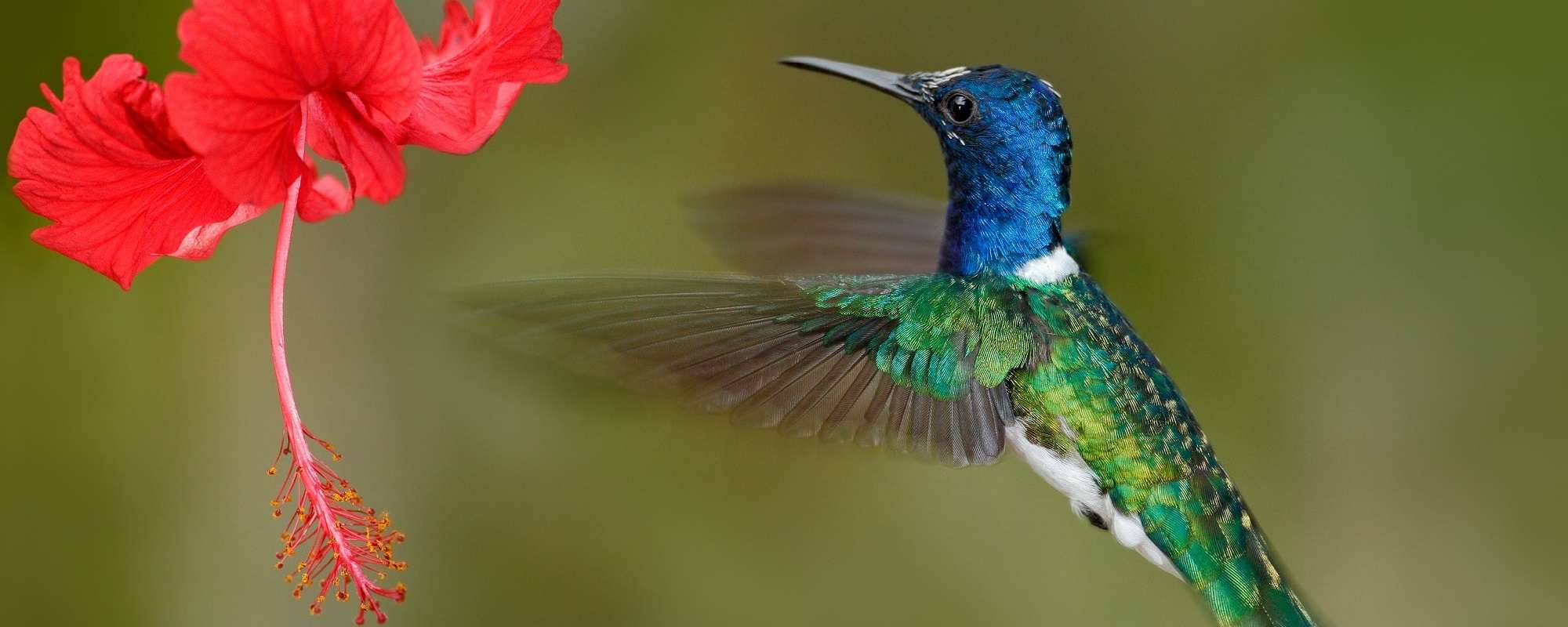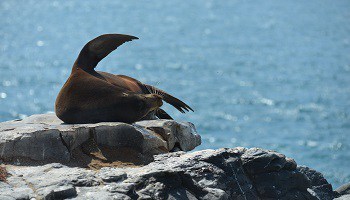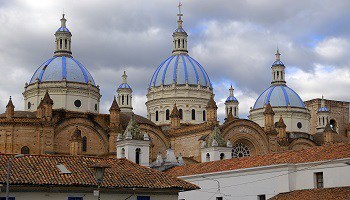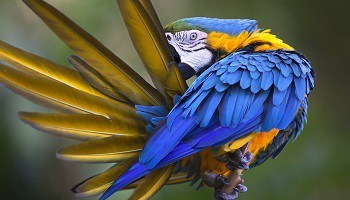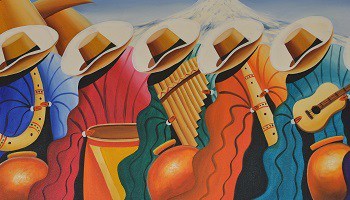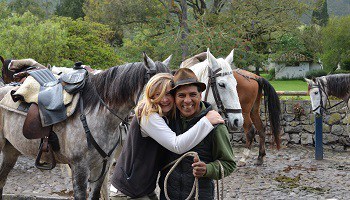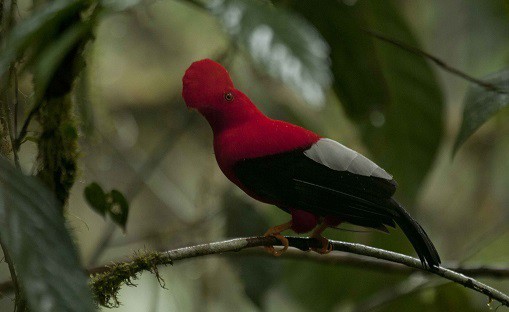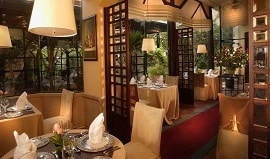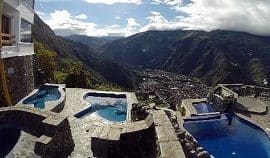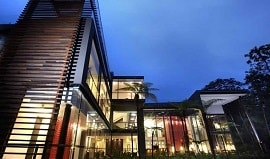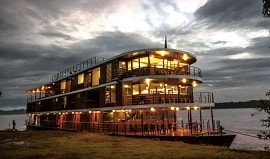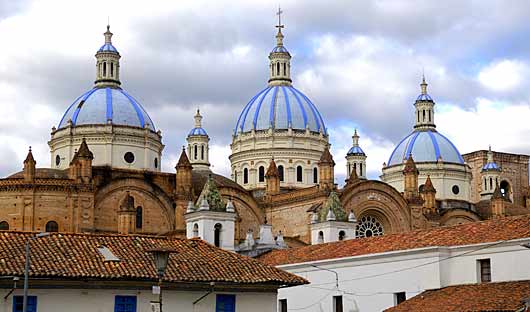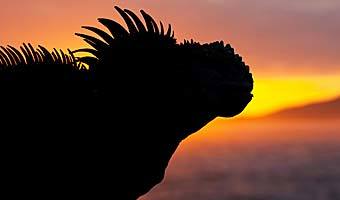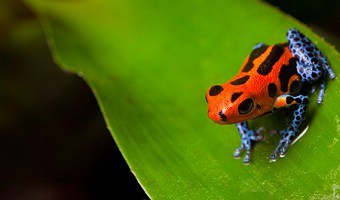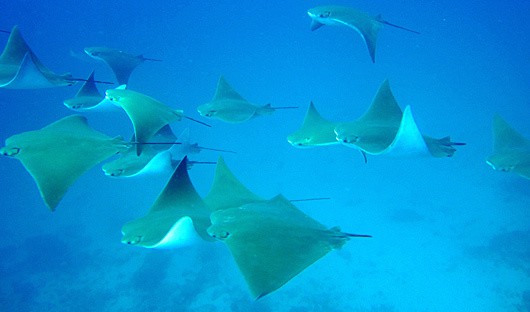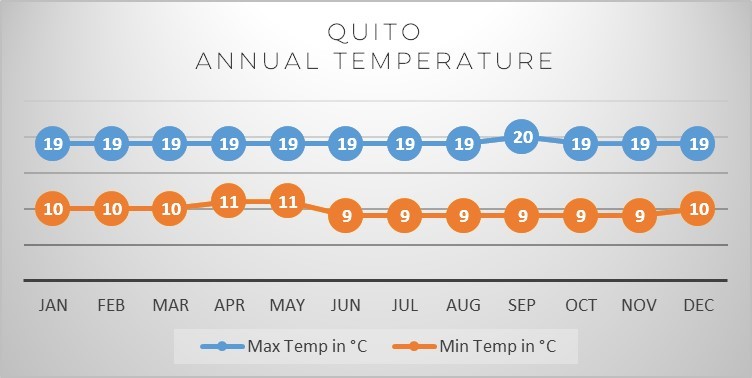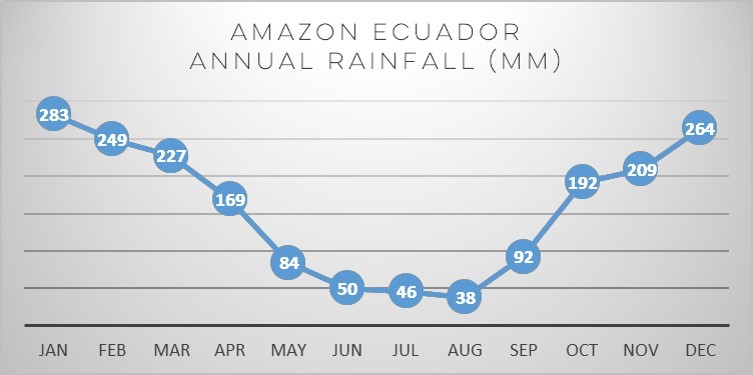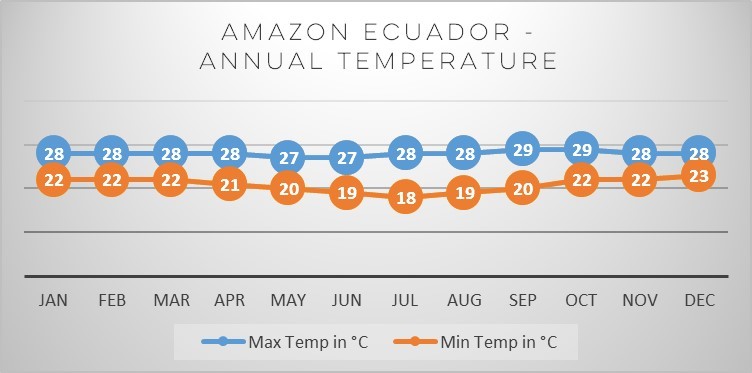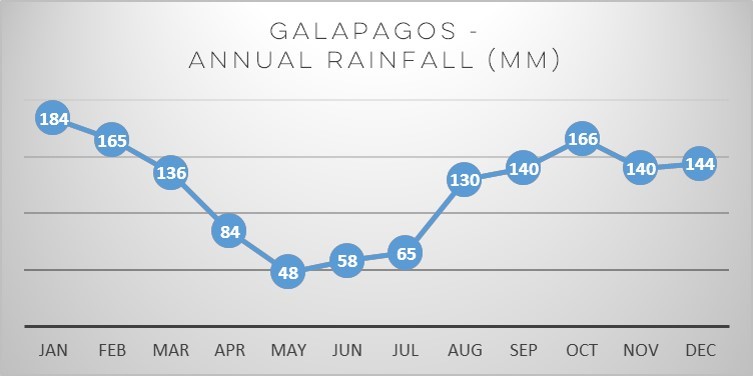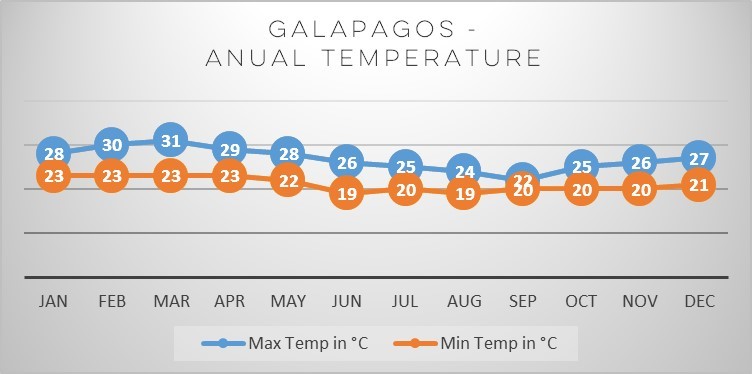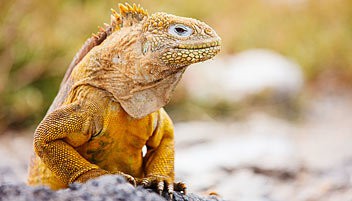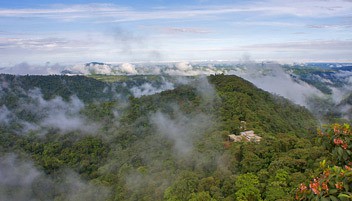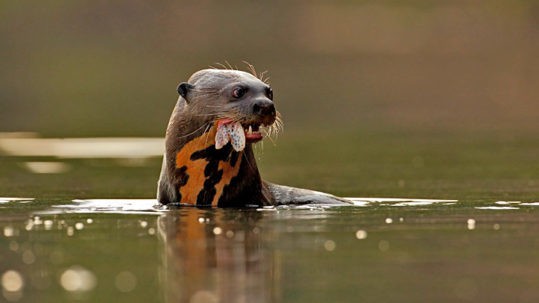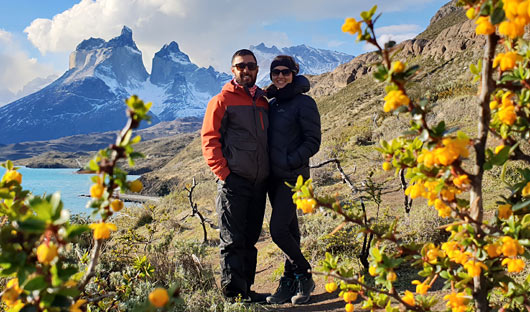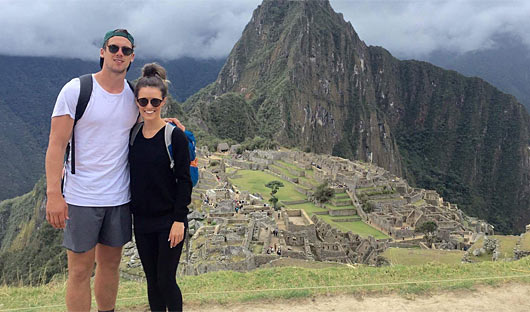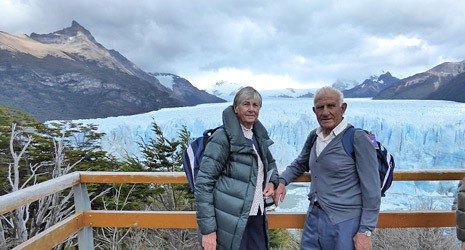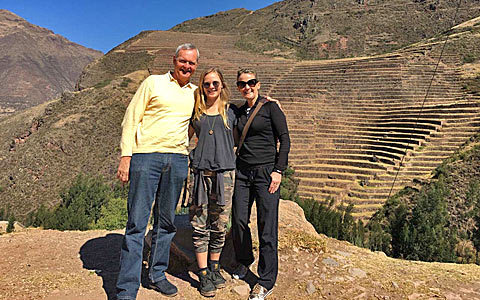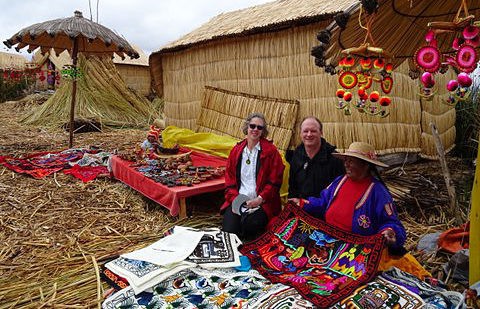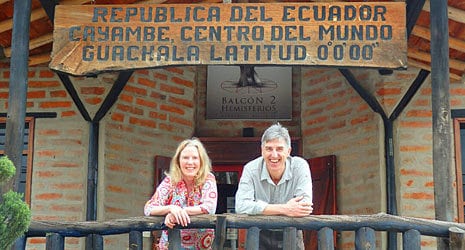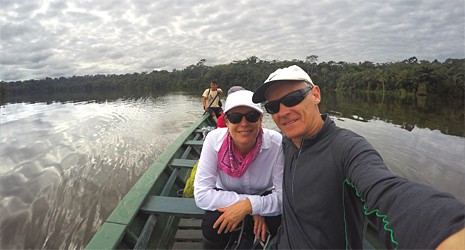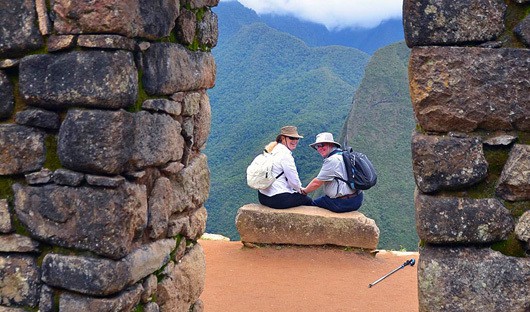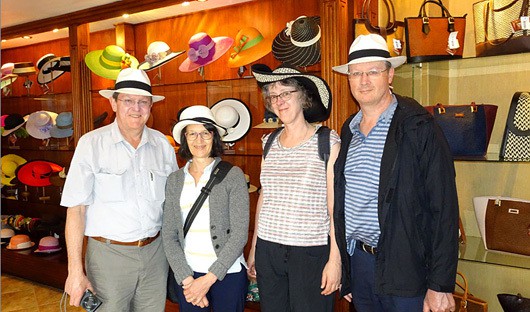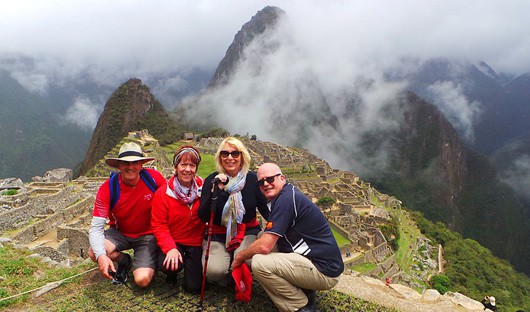Each pickup/drop off was on time. My guides were very friendly, had great English, and were passionate about what they did. All hotels were faultless.
I would have to say that Andrea from Buenos Aires was the best guide of a fantastic bunch. Andrea was there to greet me on my first arrival into BA, took me to the ferry for my trip to Colonia and made sure I was checked in, and was there to pick me up. She was also there to send me on my way to Ushuaia at the ungodly hour of the morning and pick me up again after the cruise, to sending me on my way the next day to Iguazu. I was most impressed at the efforts the guides went to in order to streamline the check-in process at the airport, making sure I got to the immigration area. I have never seen or experienced such attentiveness or helpfulness.
Thank you for putting this trip together for me, it was the best trip that I have been on, and I have done some out there trips. From the hotels, to the destinations, the ground arrangements, everything went off without a hitch. I truly appreciate what you did to make this trip amazing.
Carol Hofman (Antarctica, Chile, Argentina, Brazil)


